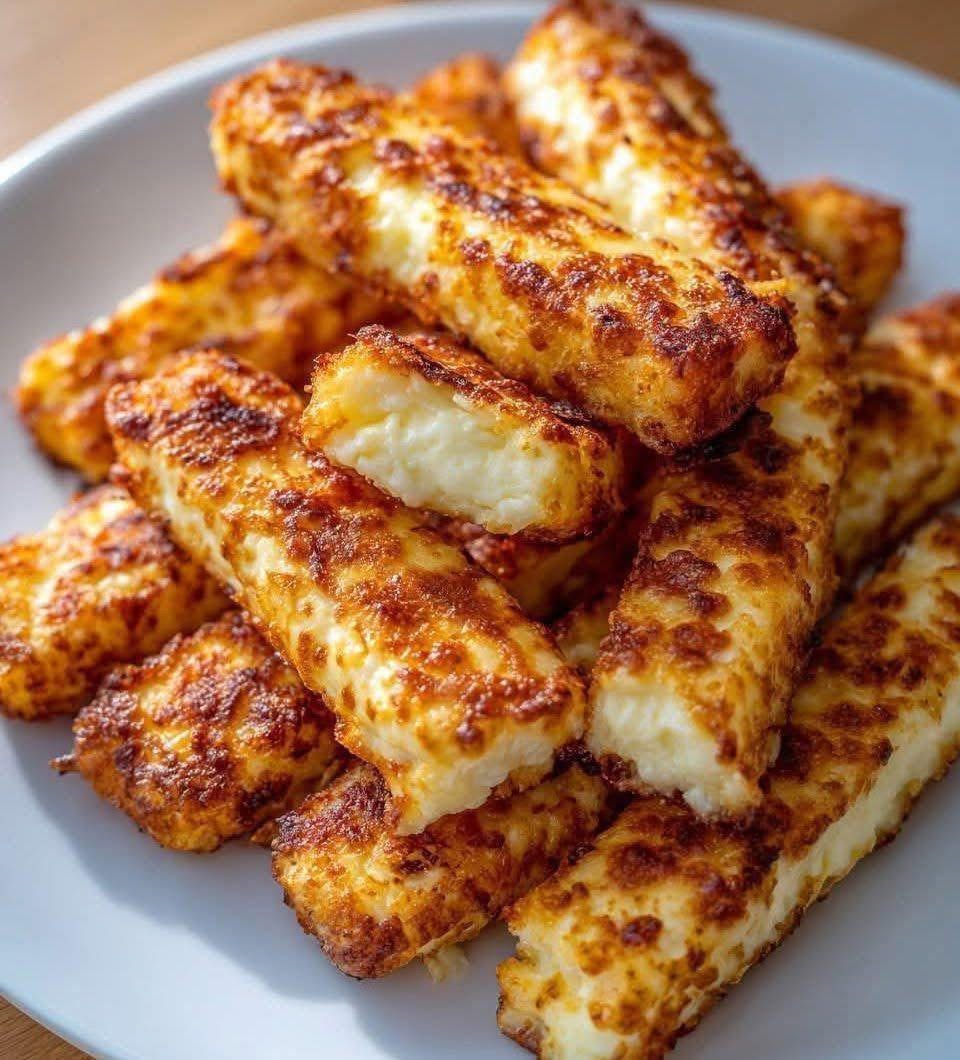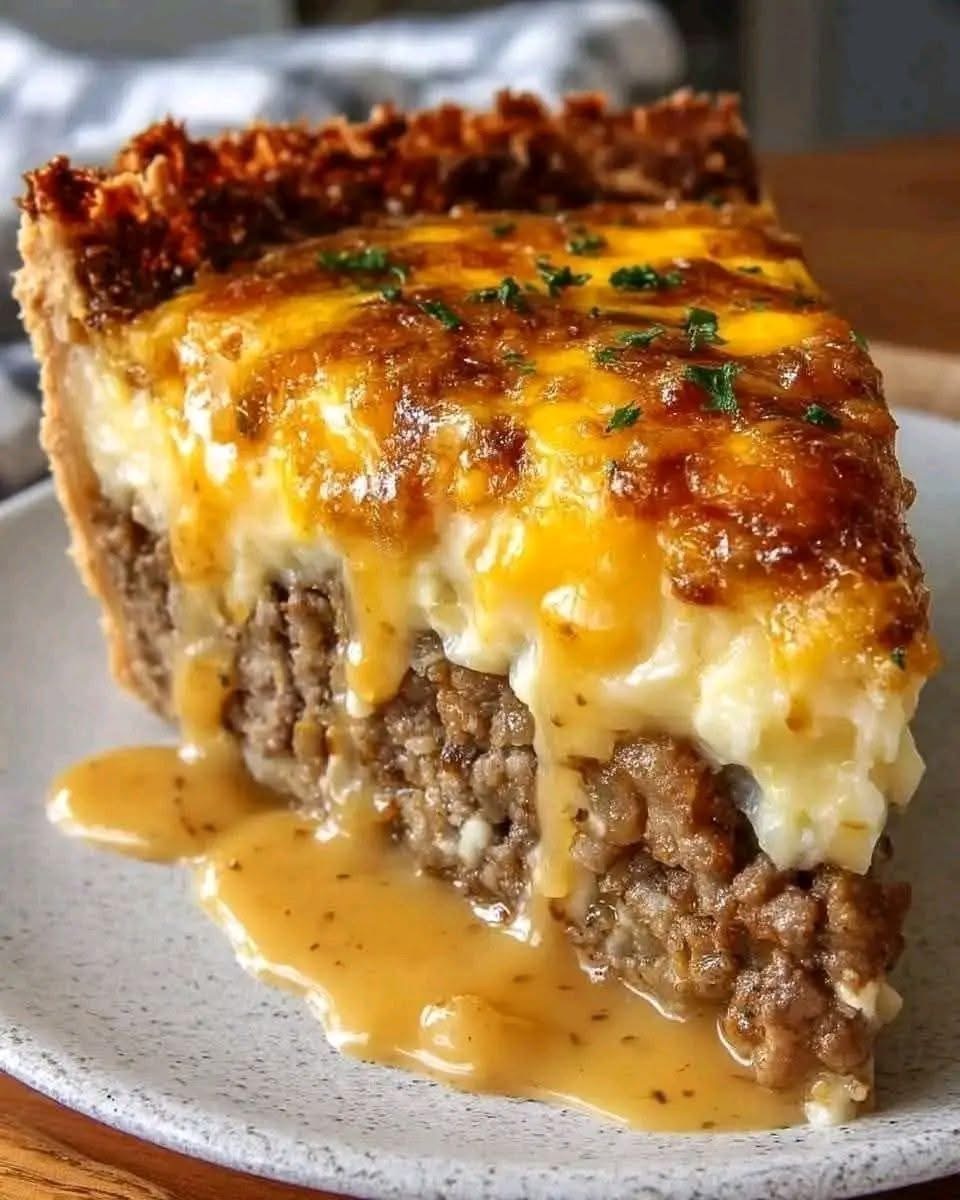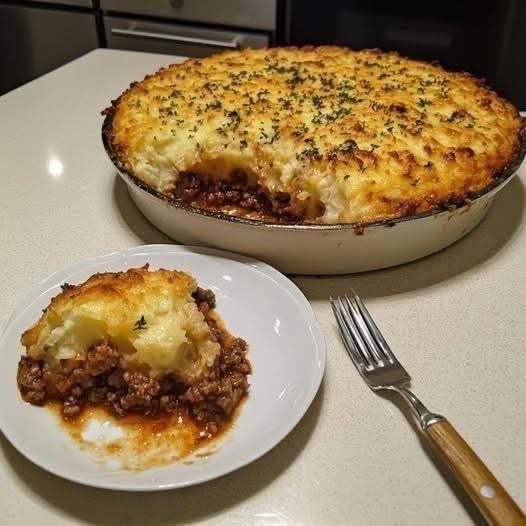There are few things as simple—and as comforting—as scrambled eggs. Yet, despite being a breakfast classic, getting them just rightcan be surprisingly tricky. Too dry, and you end up with rubbery bits. Too runny, and you’re left with a puddle. But when done properly, scrambled eggs are soft, creamy, and melt in your mouth.
At 47, after years of trial and error, I stumbled upon a simple but game-changing method that completely transformed my mornings. The first time I tried it, my kids couldn’t stop talking about how fluffy and creamy the eggs were—they even asked for them again the next day!
In this detailed guide, we’ll explore how to cook perfect scrambled eggs every single time. You’ll learn about the science behind texture, the best ingredients to use, the right temperature, and small but crucial techniques that make all the difference. Whether you’re a home cook, a breakfast lover, or just tired of inconsistent results, this guide will help you master the art of the perfect scramble.
1. Understanding the Basics: Why Scrambled Eggs Are Tricky
Scrambled eggs seem simple—just crack, whisk, and cook. But eggs are sensitive to temperature, timing, and technique. Their proteins coagulate quickly, meaning they can go from silky to rubbery in seconds.
Here’s what happens when you cook them:
At 60°C (140°F): The whites begin to thicken.
At 65°C (149°F): The yolks start to set.
At 70°C (158°F): Both whites and yolks firm up completely.
The goal for scrambled eggs is to gently cook them just enough to set the proteins while retaining moisture. That’s why temperature control is everything.
When eggs are cooked too fast or at too high a heat, their proteins tighten excessively, pushing out water and resulting in dry, chewy eggs. Gentle heat and patience are the key to fluffy perfection.
2. The Ingredients That Make the Magic Happen
You don’t need fancy ingredients to make great scrambled eggs—but quality matters. Here’s what goes into the perfect batch:
Eggs: Use the freshest eggs you can find. Fresher eggs have tighter whites and richer yolks, which translate into a creamier texture.
Butter: Butter adds richness and helps create that silky mouthfeel. It also prevents sticking. You can substitute with ghee or olive oil, but butter remains the classic choice.
Milk, Cream, or None?
Adding a splash of milk, cream, or even sour cream is optional. Milk makes eggs lighter and softer, while cream adds richness. However, adding too much liquid can make eggs watery. A teaspoon per egg is ideal.
Seasoning: Salt enhances flavor, but timing is crucial. Salt too early, and it can break down the egg proteins; salt too late, and the flavor won’t distribute evenly. We’ll discuss the timing trick later.
Pepper: A touch of freshly ground black pepper balances the flavor beautifully.
Optional add-ins:
Chopped chives or herbs for freshness.
Shredded cheese for richness.
A pinch of turmeric or paprika for color and depth.
3. Equipment You Need
The tools you use can make or break your results:
Non-stick skillet: Essential for soft curds and easy cleanup.
Silicone or rubber spatula: Gentle on the pan and perfect for folding eggs.
Whisk or fork: For aerating the eggs thoroughly.
Low, steady heat source: Whether gas or electric, you need consistent control.
4. Step-by-Step: The Foolproof Method for Perfect Scrambled Eggs
Step 1: Whisk the Eggs Properly
Crack your eggs into a bowl. Add a small pinch of salt and a splash of milk or cream (if using). Whisk vigorously until the mixture is completely uniform—no streaks of white or yolk should remain. The more air you incorporate, the fluffier your eggs will become.
Pro tip: Whisk for at least 20–30 seconds. You want the mixture slightly frothy—this trapped air expands during cooking, creating a light texture.
Step 2: Heat the Pan Low and Slow
Place your skillet on the stove and turn the heat to low. Add butter and let it melt slowly until it just begins to foam. Don’t let it brown; that means the pan is too hot.
Cooking over low heat is the biggest difference between okay scrambled eggs and amazingones. It gives you control and prevents overcooking.
Step 3: Pour and Pause
Pour the whisked eggs into the pan. Let them sit undisturbed for a few seconds—this allows the bottom layer to begin setting.
When you see the edges just start to thicken, take your spatula and gently push the eggs from the edges toward the center. Repeat this motion slowly around the pan. You’ll notice large, soft curds forming—this is exactly what you want.
Step 4: Keep It Moving (But Gently)
Continue gently folding the eggs over themselves. You’re not stirring constantly, but you shouldn’t let them sit too long either. Think of it as coaxing the eggs into soft layers rather than stirring soup.
As they start to come together, remove the pan from the heat before they look fully cooked. Residual heat will finish the job perfectly. The eggs should look slightly glossy and still a bit loose—like creamy waves.
Step 5: The Finishing Touches
Once off the heat, season with pepper (and more salt if needed). You can fold in cheese or herbs now if desired—the residual heat will melt them beautifully without overcooking the eggs.
Serve immediately on warm toast, croissants, or even over sautéed vegetables.
5. Common Mistakes (and How to Avoid Them)
Even the best home cooks can slip up with scrambled eggs. Here are the pitfalls to watch out for:
Using high heat:
High heat cooks the eggs too fast, leaving them rubbery. Always use low or medium-low heat.
Overcooking:
Eggs keep cooking even after you remove them from the pan. Stop cooking when they’re slightly underdone.
Skipping the whisk:
Uneven whisking means uneven texture. Always whisk thoroughly for consistency and fluffiness.
Adding too much liquid:
Too much milk or cream can water down the eggs. A teaspoon per egg is enough.
Seasoning at the wrong time:
Salt breaks down egg proteins if added too early. Add it just before cooking or after the eggs are off the heat.
Forgetting to preheat the pan:
A cold pan can make the eggs stick. Always melt the butter first.
6. Variations of Scrambled Eggs from Around the World
Scrambled eggs are universal—but every culture puts its own spin on them. Here are some delicious variations you can try once you’ve mastered the basics:
1. French-Style Scrambled Eggs (Oeufs Brouillés)
These are the creamiest version. The eggs are cooked very slowly, often with butter stirred in continuously until they form a rich, custard-like consistency. They’re finished with cream or crème fraîche for extra silkiness.
2. American Diner-Style Scramble
These are fluffier and more substantial. The eggs are cooked at a slightly higher heat and folded less frequently, creating bigger curds. Often served with toast, bacon, or sausage.
3. English Scrambled Eggs
Usually cooked with milk or cream, these are soft but not runny, served over buttered toast with a dash of pepper.
4. Indian Masala Scrambled Eggs (Egg Bhurji)
A spicy twist: eggs are scrambled with onions, tomatoes, green chilies, turmeric, and cilantro. Served with parathas or toast for breakfast with a kick.
5. Japanese Tamago Scramble
Made with soy sauce, sugar, and mirin, this version is slightly sweet and rich—served alongside rice for a savory breakfast.
7. The Science Behind Perfect Scrambled Eggs
Eggs are a fascinating food scientifically. When heated, the proteins in eggs unfold and bond together—a process known as denaturation. The goal is to heat the eggs just enough for these bonds to form without tightening too much.
Butter and milk play a crucial role in moderating heat. The fat in butter coats the proteins, slowing coagulation, while water from milk turns into steam, expanding the mixture and giving it that cloud-like texture.
This balance of protein, fat, and water is why low heat and constant stirring are essential—both give you control over the cooking process.
8. Add-Ons to Elevate Your Scrambled Eggs
Once you’ve mastered the basic technique, you can get creative. Here are some additions that take your eggs from simple to spectacular:
Cheese: Cheddar, feta, goat cheese, or Parmesan add richness and depth.
Herbs: Chives, parsley, basil, or dill bring freshness.
Vegetables: Sautéed mushrooms, spinach, or bell peppers make it heartier.
Proteins: Add diced ham, smoked salmon, or crispy bacon.
Spices: Try paprika, chili flakes, or truffle salt for a gourmet touch.
The possibilities are endless—just remember to add these extras at the end of cooking to avoid overcooking the eggs.
9. Serving Ideas
Scrambled eggs are incredibly versatile. Here are a few serving ideas to inspire your next breakfast (or brunch!):
Classic Toasted Bread:
Spread a little butter on toasted sourdough or white bread and top with eggs. Simple and delicious.
Avocado Toast:
Mash ripe avocado with lemon juice and salt, spread on toast, and top with scrambled eggs. Add chili flakes for spice.
Breakfast Wrap:
Wrap your eggs in a tortilla with cheese, spinach, and a drizzle of hot sauce.
Eggs on Rice (Japanese Style):
Serve creamy scrambled eggs over steamed rice with soy sauce and green onions.
Croissant Sandwich:
Fill a warm croissant with scrambled eggs, ham, and cheese for an indulgent breakfast.
10. Storing and Reheating Scrambled Eggs
While scrambled eggs are best eaten fresh, you can store leftovers:
Store in an airtight container in the refrigerator for up to 2 days.
To reheat, do so gently over low heat or in short microwave bursts (15–20 seconds) to prevent overcooking.
Avoid freezing scrambled eggs—they lose their creamy texture.
11. Troubleshooting: If It Didn’t Turn Out Right
Dry eggs? Cooked too long or at too high a temperature.
Watery eggs? Possibly added too much milk or didn’t whisk enough.
Rubbery texture? Overstirred or overcooked.
Bland flavor? Don’t be afraid of salt, pepper, or butter—season well!
Remember: cooking scrambled eggs is more about feel than strict timing. With practice, you’ll instinctively know when they’re perfect.
12. Why This Recipe Works
The secret lies in three things:
Low heat: Prevents overcooking and keeps the eggs moist.
Constant gentle motion: Creates creamy curds instead of chunks.
Finishing early: Residual heat does the final cooking step, ensuring soft, custardy eggs.
This method is foolproof and works with any number of eggs—from a quick single serving to a family breakfast.
Conclusion
Perfect scrambled eggs don’t require fancy ingredients or special equipment—just attention, patience, and a few small tweaks. Cooking them low and slow, whisking them thoroughly, and pulling them off the heat at just the right time are what make the difference between ordinary and extraordinary.
Once you master this simple art, you’ll never look at breakfast the same way again. Whether it’s a quiet morning at home or a family brunch, these eggs will always deliver comfort, warmth, and flavor.
So next time you step into the kitchen, crack those eggs with confidence—because now, you know the secret to perfect scrambled eggs every time.
-
Cottage Cheese Sticks: Crispy, Cheesy, and Irresistibly Addictive
If you’re looking for a snack that’s crunchy on the outside, soft and cheesy on the inside, and incredibly easy to make, look no further than Cottage Cheese Sticks. These delightful … Read more
-
Southern Style Cheeseburger Pie
Southern Style Cheeseburger Pie This dish is a hearty and simple comfort food, combining the classic flavors of a cheeseburger in an easy-to-slice pie form. It’s perfect for a family … Read more
-
Shepherd’s Pie
Shepherd’s Pie Recipe: A Comforting Classic Shepherd’s Pie, a traditional British dish, brings together savory meat and creamy mashed potatoes into a hearty, satisfying meal. Ground lamb, sautéed vegetables, and … Read more



